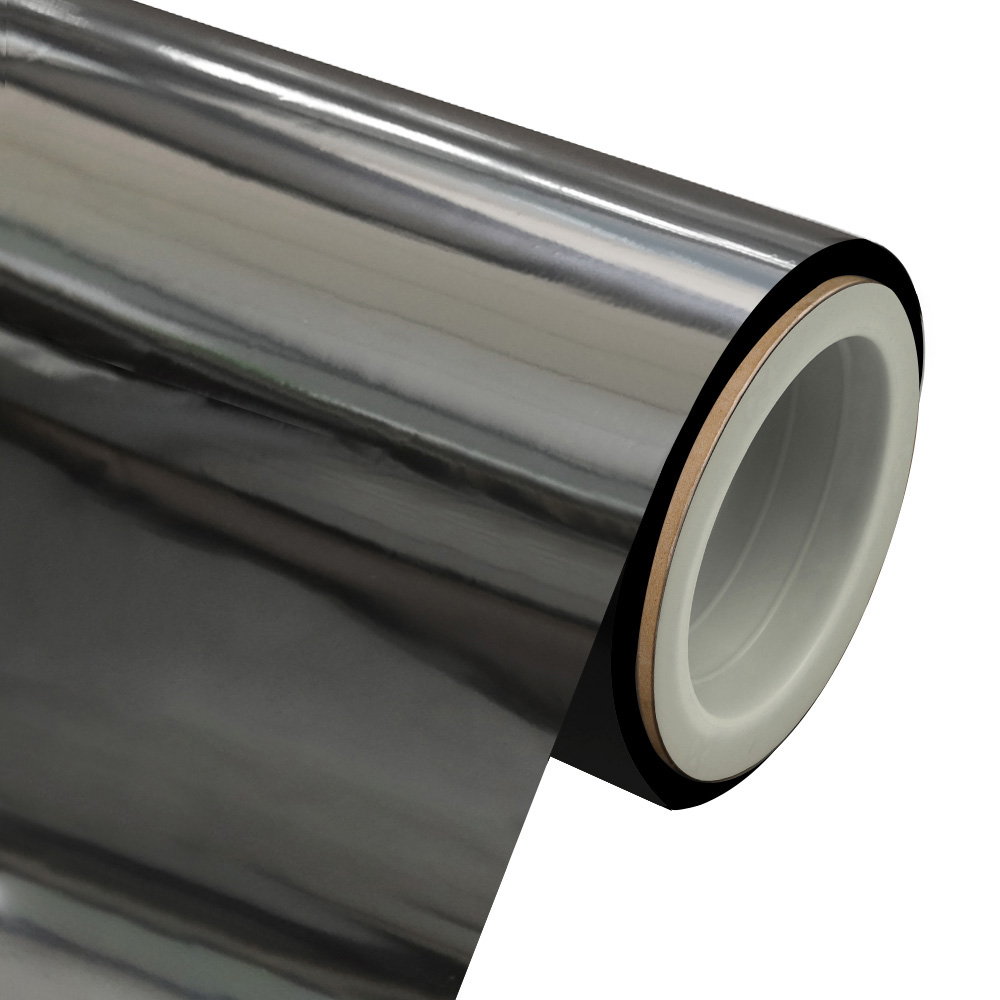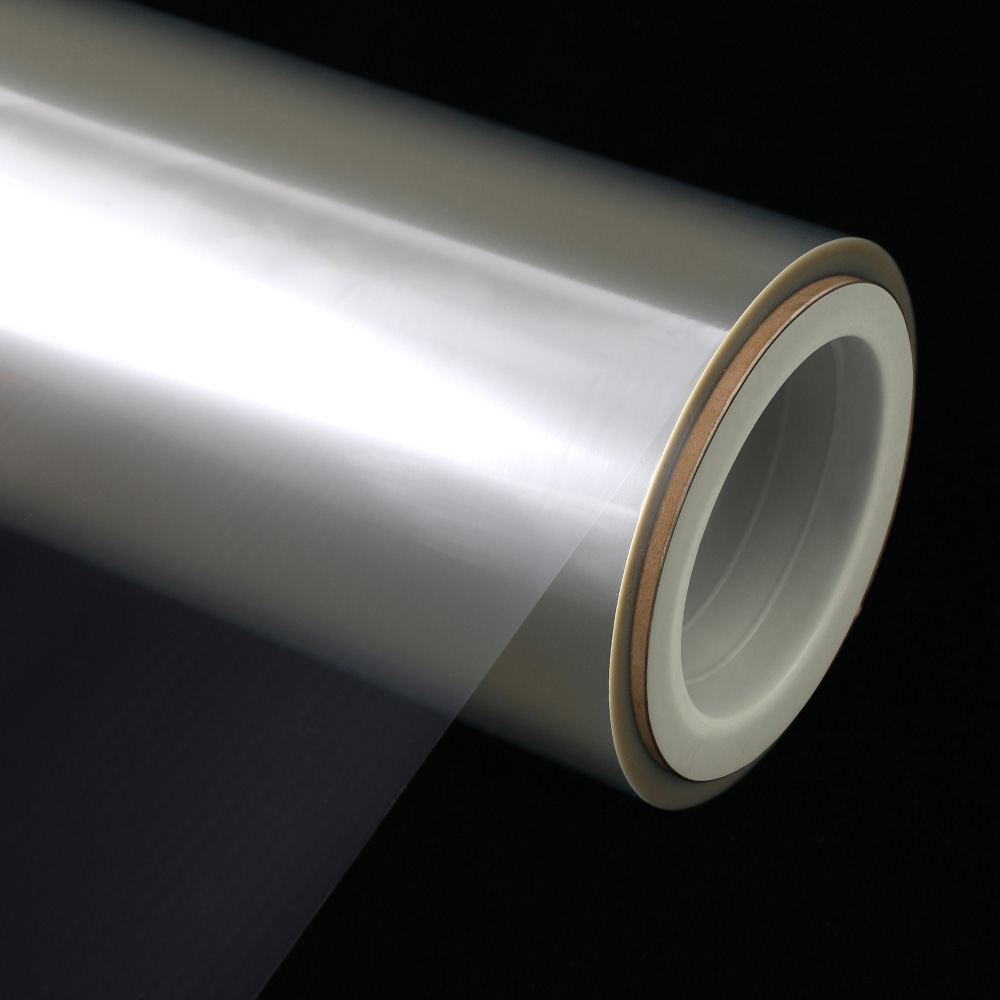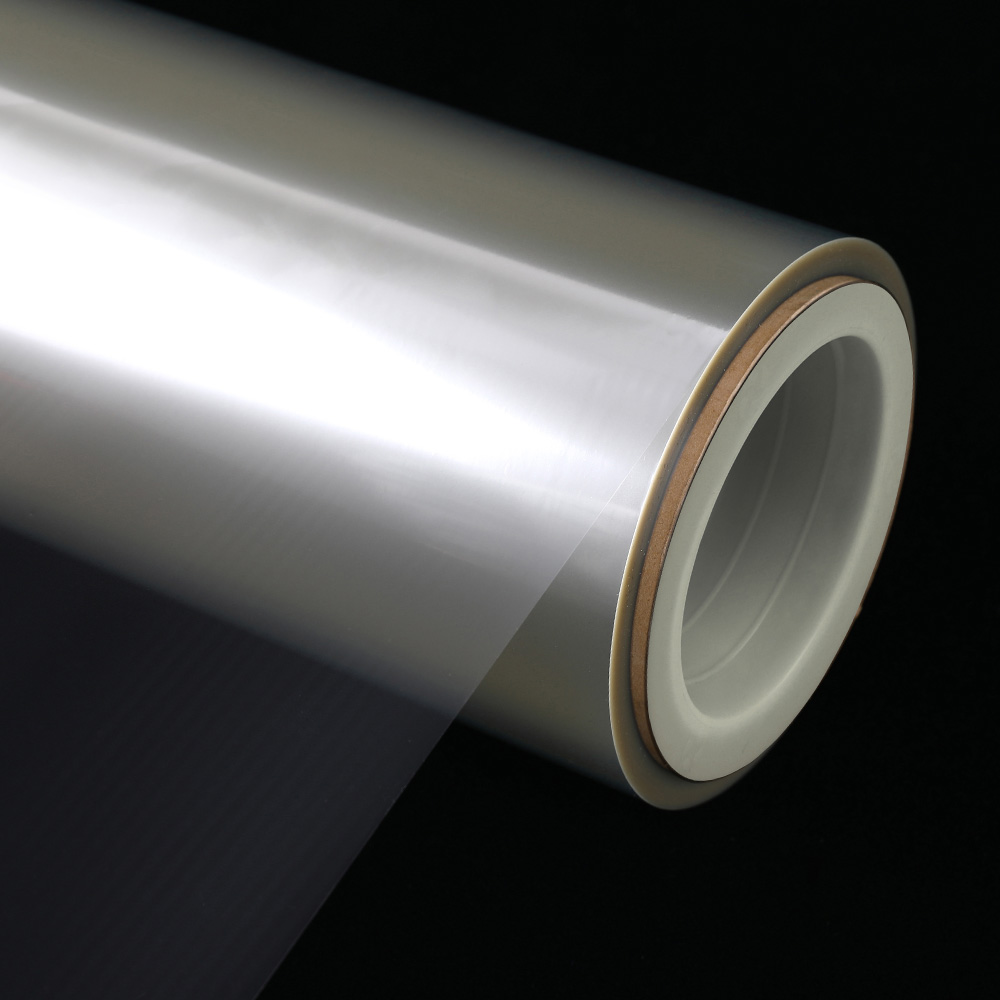Why has PVA coated biaxially oriented polypropylene film become the new favorite of food packaging?
In the field of food packaging, the performance of packaging materials is directly related to the quality and safety of food. PVA coated biaxially oriented polypropylene film, with its excellent characteristics, has gradually become an ideal choice for various food packaging such as beverages, juices, milk, soy sauce and vinegar, and plays an irreplaceable role in ensuring food quality and extending the shelf life of food.
Biaxially oriented polypropylene film (BOPP) itself has many advantages, such as light weight, high transparency, good mechanical properties, etc., and has been widely used in the field of food packaging. However, its insufficient barrier properties to small molecules such as oxygen and water vapor limit its application in scenes with strict requirements for barrier properties. To make up for this shortcoming, PVA coating technology came into being. PVA, or polyvinyl alcohol, has excellent gas barrier properties. By coating PVA with added nano-inorganic substances on the surface of BOPP film, the advantages of the two complement each other, significantly improving the barrier properties of the overall film, so that it can better meet the strict requirements of food packaging.
In beverage packaging, the role of PVA coated biaxially oriented polypropylene film is crucial. Taking carbonated beverages as an example, carbon dioxide is the key factor that gives it a unique taste and vitality. Ordinary packaging materials are difficult to effectively prevent the escape of carbon dioxide. Over time, the beverage will lose its "bubble feeling" and the taste will be greatly reduced. The PVA coated biaxially oriented polypropylene film, with its tight molecular structure and special coating design, builds an insurmountable barrier for carbon dioxide molecules. When carbon dioxide molecules try to penetrate the film, the nano-inorganic substances in the PVA coating come into play. They are evenly dispersed in the coating and increase the diffusion path of gas molecules. Carbon dioxide molecules need to constantly bypass these nano-inorganic particles, greatly reducing their rate of penetration through the film, thereby effectively ensuring that the carbon dioxide in the beverage can exist stably for a long time, maintaining the taste and flavor of the beverage, so that consumers can still feel the strong "gas" at the moment of opening the beverage.
For fruit juice, it is rich in various nutrients, such as vitamins, minerals, etc., but it is also susceptible to oxygen invasion and oxidation and deterioration. The good oxygen barrier performance of PVA coated biaxially oriented polypropylene film can effectively inhibit the contact between nutrients in juice and oxygen, and slow down the occurrence of oxidation reactions. This can not only prevent the juice from changing color and taste due to oxidation, but also retain the nutrients in the juice to the greatest extent, so that consumers can enjoy the fresh taste and take in rich nutrition when tasting the juice.
In terms of milk packaging, the advantages of PVA coated biaxially oriented polypropylene film are also outstanding. Milk is rich in nutrients such as protein and fat, and is an ideal culture medium for the growth of microorganisms. At the same time, oxygen will also cause oxidative loss of nutrients in milk, affecting the quality of milk. The dual protection mechanism of PVA coated biaxially oriented polypropylene film can effectively block the entry of external oxygen and prevent the oxidation and deterioration of nutrients in milk, and can also block the invasion of external microorganisms with its good barrier properties, providing a relatively sterile packaging environment for milk. This allows milk to maintain a long shelf life under normal or low temperature storage conditions, while maintaining its original nutrients and taste, ensuring that consumers can drink fresh and high-quality milk safely and with confidence.
In the packaging of condiments such as soy sauce and vinegar, PVA coated biaxially oriented polypropylene film also shows excellent adaptability. Soy sauce and vinegar are corrosive to a certain extent and are sensitive to humidity. PVA coated biaxially oriented polypropylene film can not only effectively block external water vapor and prevent soy sauce and vinegar from deteriorating due to moisture, but also resist the corrosiveness of soy sauce and vinegar with its good chemical stability, ensuring the integrity and sealing of the packaging. This allows soy sauce and vinegar to always maintain their unique flavor and quality during storage and transportation, meeting consumers' high requirements for condiment quality.
PVA coated biaxially oriented polypropylene film has become a bright new star in the food packaging industry due to its outstanding performance in the field of food packaging, especially in the packaging of beverages, juices, milk, soy sauce and vinegar. With the continuous advancement of science and technology, it is believed that the performance of this film will continue to be optimized, bringing more innovations and changes to the food packaging industry, and contributing greater strength to ensuring food safety and improving food quality.


 English
English  中文简体
中文简体 





